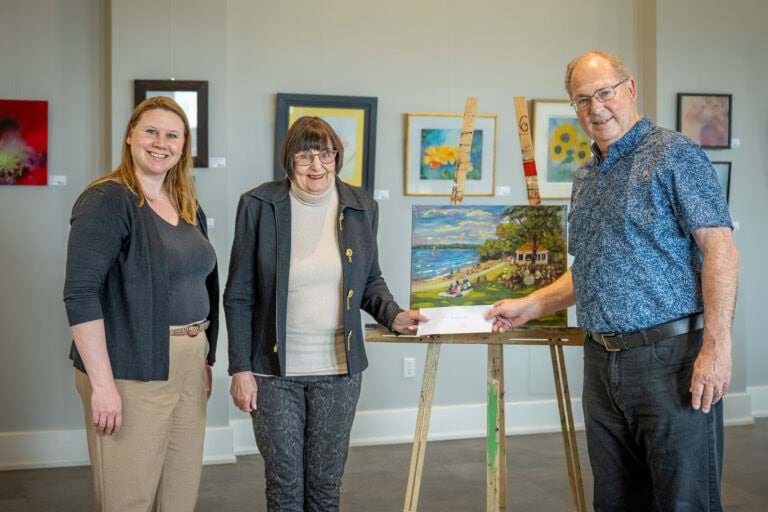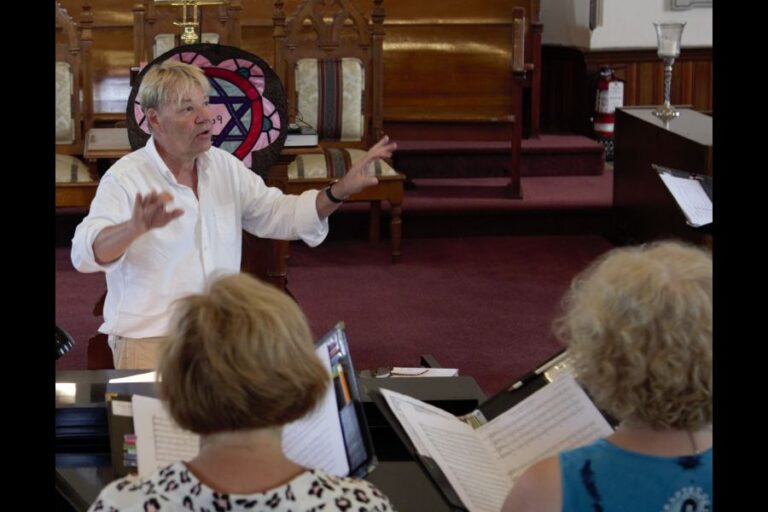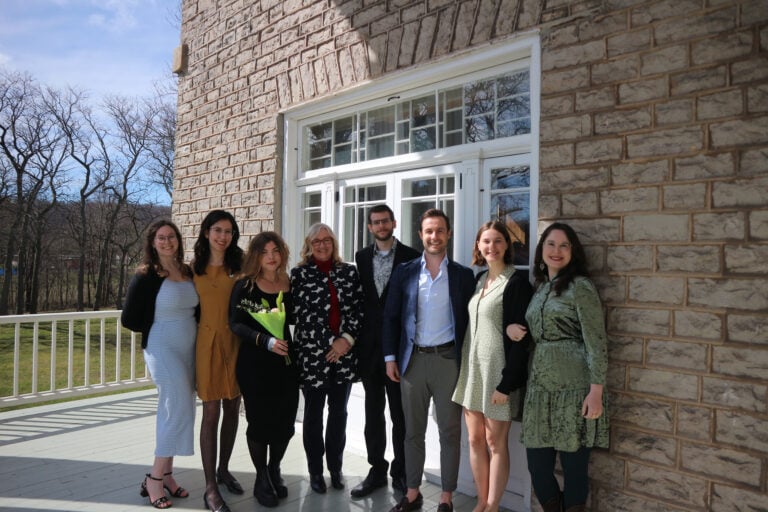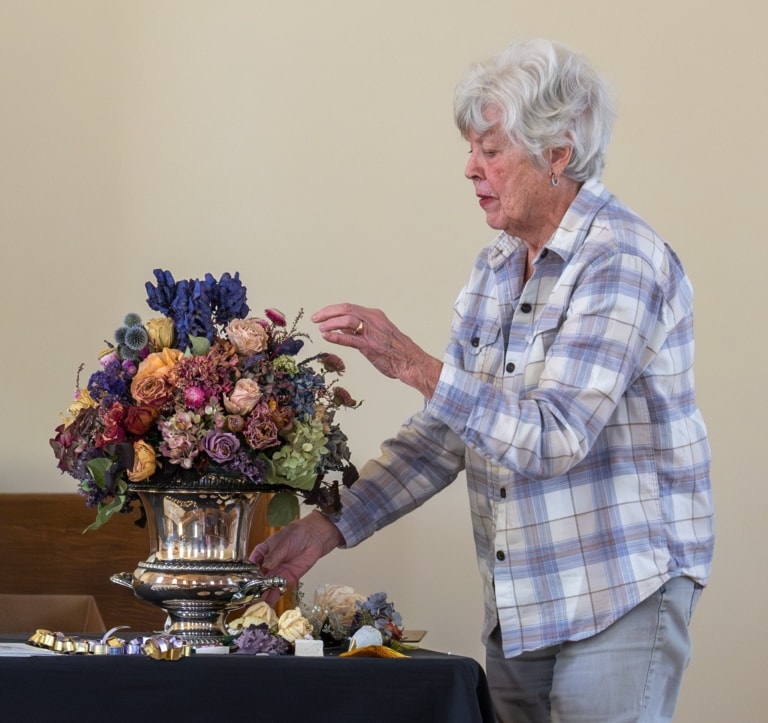EYE FOR ART #45 – Diego Velásquez, “Las Meninas,” 1656, Oil on canvas, Museo del Prado, Madrid
The social media world in which we live often casts an unwelcome light on the private lives of celebrities, including royals.
One of the highlights of the death and funeral of Queen Elizabeth II was a glimpse at previously private photographs, videos and stories of her life and family. We were charmed.
Such revelations to the public were never possible at the 17th-century Spanish Court of the Habsburg King Philip IV.
Now, 366 years later, we are intrigued by what is considered one of the greatest paintings in the history of art, Diego Velásquez’s masterpiece “Las Meninas” (The Ladies-in-Waiting).
Gone are the formal poses of rigid Spanish court tradition, protocol and etiquette. Dignity and grandeur remain but Velásquez’s figures have humanity, are more naturally portrayed than idealistic and we, the viewers, are witness to a greater intimacy of this court scene.
The setting is Velasquez’s studio within the Royal Alcázar fortress, residence of the Habsburg dynasty.
The king’s lifelong court painter and friend, Velásquez, stands in a self-portrait before a large canvas, palette in his left hand, long brush in his right hand, in a stop-action moment of contemplation as he looks outward at us and possibly at the models for the painting.
Light pours in from a window to the right, illuminating the figures in the foreground. In the background, the queen’s chamberlain stands within an open door, pushing back a curtain, allowing bright light to enter the studio.
Next to the door is a mirror with a reflection of a double portrait of King Philip IV and Queen Mariana of Austria. Is this a reflection of what is on the easel? Or is it the royal couple standing, observing the scene before them, as they are being painted?
In the centre, their five-year-old daughter, the Infanta Margarita Theresa, stands regally poised and looking directly to the viewer.
Her ladies-in-waiting, Las Meninas, accompany her. Maria Agustina Sarmiento offers the infanta a drink on a tray. Isabel de Velasco appears to curtsy as she looks outward.
Behind her, the infanta’s chaperone, Marcela de Ulloa, chats with a bodyguard almost hidden in shadow. Two dwarfs stand to the right. They are the German, Mari Bárbola, and the Italian, Nicolas Pertusato who places his foot on the back of a sleepy guard dog, a Spanish mastiff, to nudge him to attention.
Rather than portray dwarfs in their court role to amuse, Velásquez conveys their personalities and moods with compassion and even pathos.
This extraordinary masterpiece by the greatest painter of Spain’s Golden Age has been the subject of innumerable books, studies and speculation. It is renowned for Velásquez’s superb portaits, his technical mastery of space and composition, his “spiritual” quality of light.
Others have sought more in the complexities of the work. Is it, as Foucault believes, a representation of a representation where the royal couple, only reflected in the mirror, are simultaneously present and absent?
Or is the mirror “a reflection of reality and a projection of the imagination” which, according to Carlos Fuentes, captures the spirit of Spain?
Balzac asks in “The Unknown Masterpiece” if we can ever fathom great art, and if truth and beauty can only be found in fragmentary details, so we will remain mystified by what lies beyond the mirror and the open door.










